FS Colour Series: ARCTIC Inspired by Richard Diebenkorn’s Oceanic Blue
Richard Diebenkorn is one of the greatest colourists in the history of American art. Throughout his long and varied career, he moved through various styles of figuration and abstraction, but it was always an emphasis on the expressive properties of bold, brilliantly bright colour that he returned to over and over again. In soaring shades of turquoise blue such as ARCTIC Linen, Diebenkorn invoked vast swathes of oceanic light, letting it wave over his canvases like crescendos of crashing water.
Diebenkorn spent his 1920s childhood in San Francisco, and it was his grandmother, a poet, painter and civil rights lawyer, who encouraged in him a passion for the arts. He chose to study art and art history at Stanford University in the 1940s and one of the earliest influences on his paintings was the great American modernist Edward Hopper. It was the angled, directional light, structured designs and bold colour of Hopper’s paintings that Diebenkorn sought to emulate in his own art.
While serving two years at the US Marine Corps, Diebenkorn spent time on the East Coast of America, where he was able to visit various leading art institutions and experience first-hand the art of the Abstract Expressionists. On his return to San Francisco, Diebenkorn enrolled at the California School of Fine Arts. Just a year later he was taken up as a faculty member, working alongside leading painters including Clyfford Still and David Park. In 1950 Diebenkorn furthered his studies at the University of New Mexico, seizing the opportunity to travel and soak up new surroundings.
Throughout the 1950s Diebenkorn continued to travel widely, and he also began his Abstract Expressionist period. He started out painting various subjects in a semi-abstract manner, with great sweeping gestures of intensely rich paint spread out thickly across the canvas, as seen in Still Life with Orange Peel, 1955. In this almost abstract still-life, we see Diebenkorn toying with the balance between structure and expression, and how a constructed design can be built up with loose, fluid areas of paint. An indulgently rich shade of turquoise blue is the stand out colour here, stretching out across the tabletop and carrying with it the sensations of outdoor, oceanic light.
In the later 1950s Diebenkorn began painting ever more abstract compositions, sometimes inspired by the aerial views of the American landscape that he witnessed as a regular traveller. In contrast with the Abstract Expressionists, Diebenkorn never fully succumbed to complete abstraction, instead, making ongoing references to the light and atmosphere of the real world. From the 1950s to the 1960s Diebenkorn worked on his famous ‘Berkeley’ series, based on the landscape of the San Francisco Bay area. Each painting responded in a unique way to the lie of the land, suggesting undulating hills or swatches of moving water. In Berkeley, 1965, Diebenkorn paints a dramatic, oceanic scene, where the sea is invoked through sweeping gestures of dazzling aqua blue, and an angry jumble of tangled marks in contrasting black and orange become craggy foreground rocks.
In 1969, Diebenkorn moved to Southern California, and it was here that he began his most famous body of work, the ‘Ocean Park’ series. It was to be Diebenkorn’s most abstract work yet, capturing the oceanic light of California with light, breezy colours, airy surfaces and elemental geometric lines. Ocean Park, 1971 demonstrates Diebenkorn’s confident, masterful command of colour, composition and structure, balancing one large panel of turquoise blue with smaller areas of peach and flesh hues, and a bold stripe of dark green. As with so many of Diebenkorn’s paintings, the design here is deceptively simple – look closer and you see layer upon layer of colour and drawn line built over one another in a push and pull process of making, lending the canvas a visceral, careworn appeal that can only be achieved through the concentrated dedication of hard work.





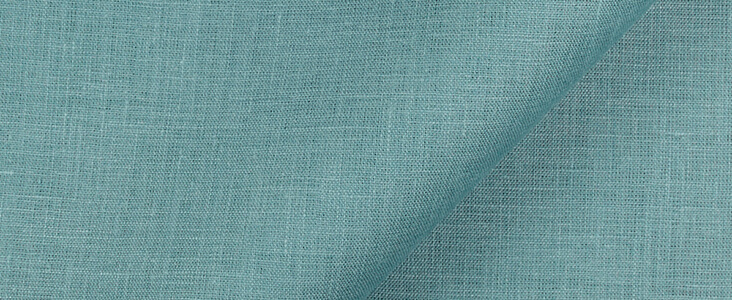
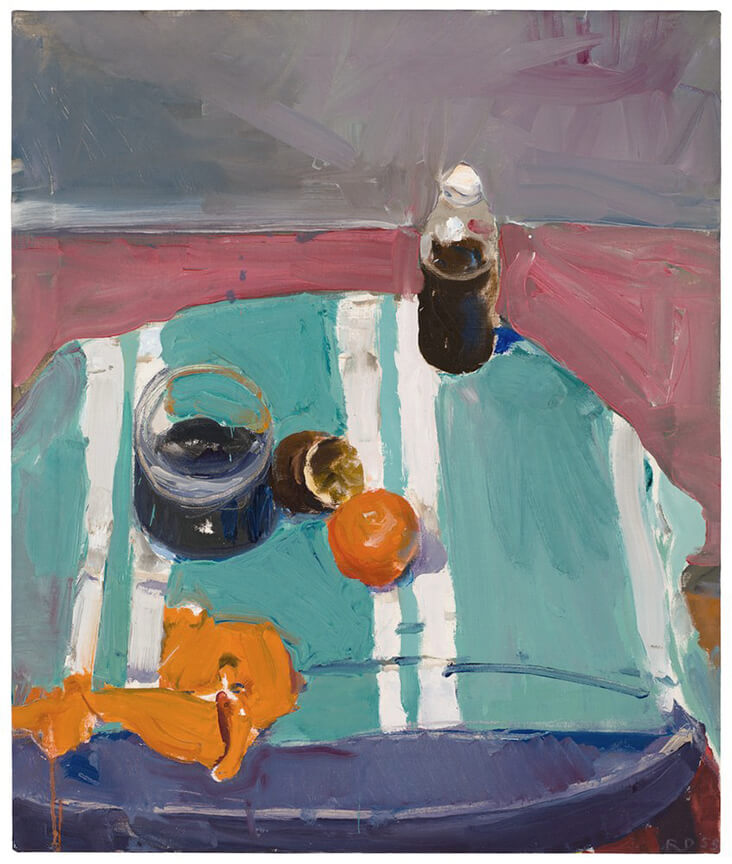
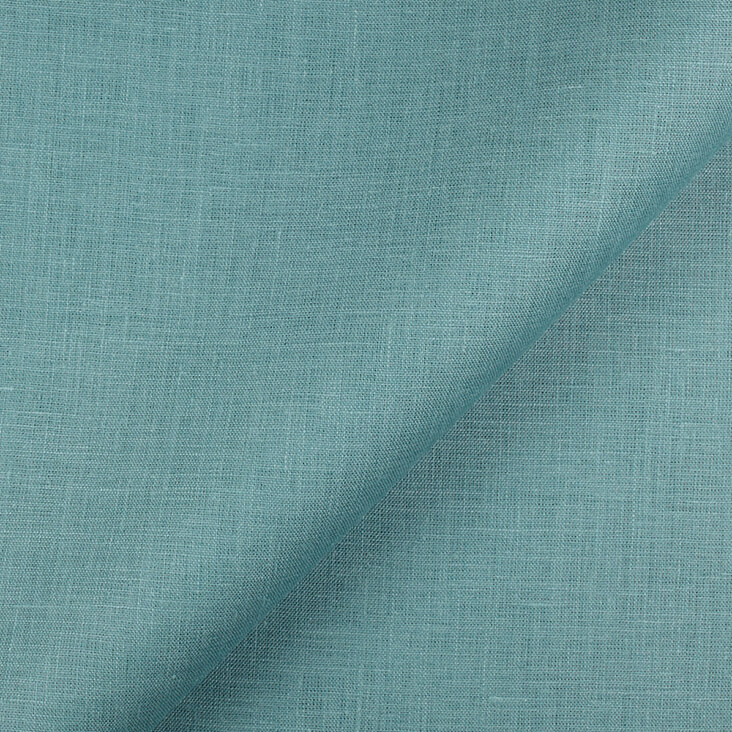
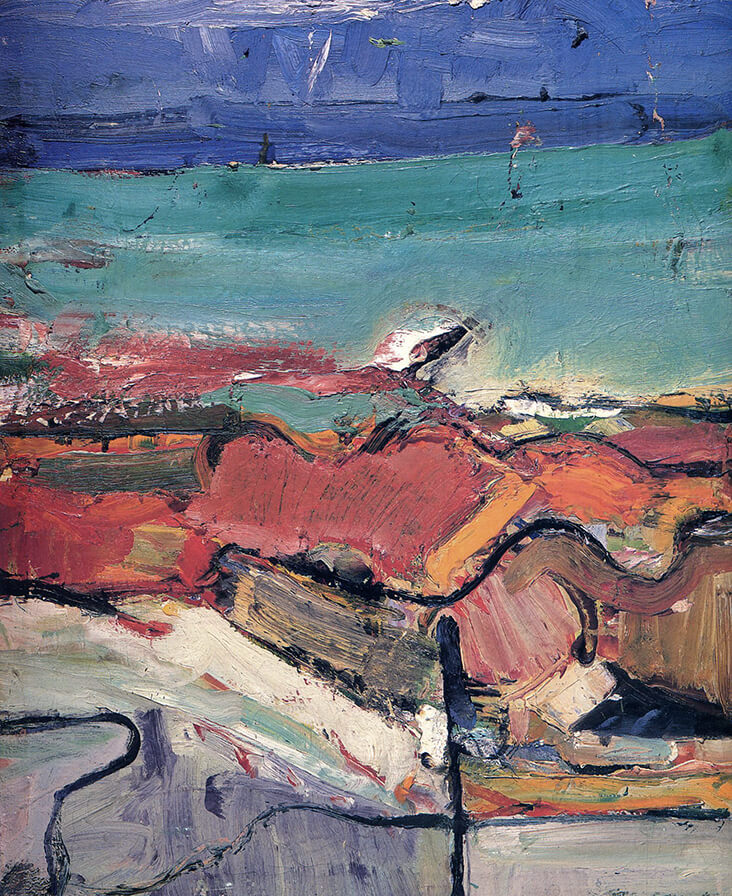
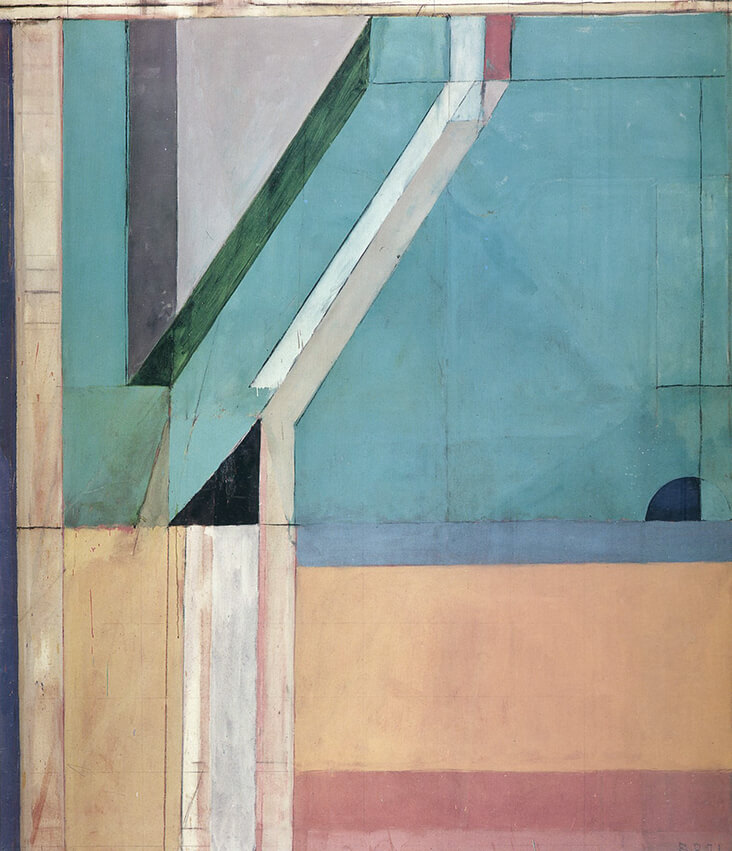
















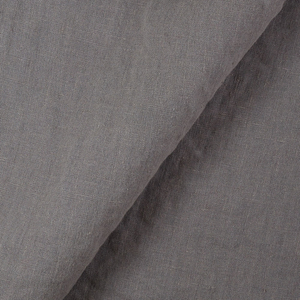


























Leave a comment